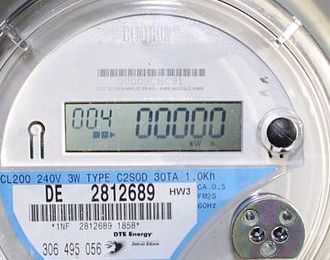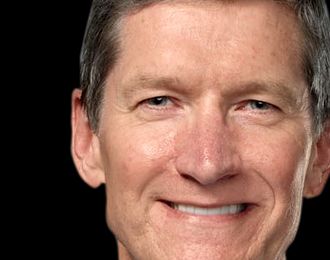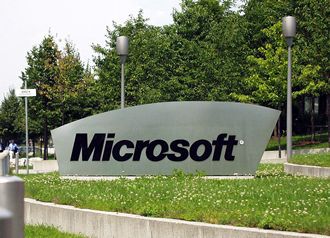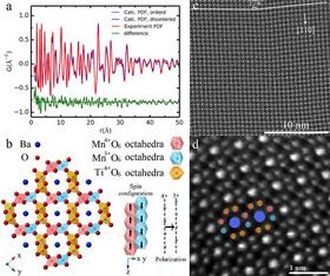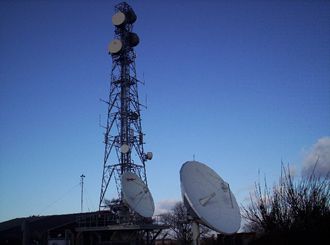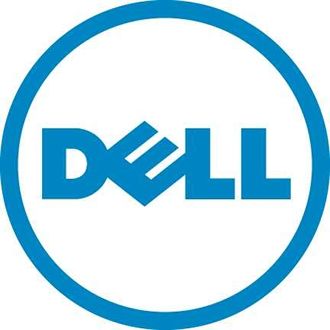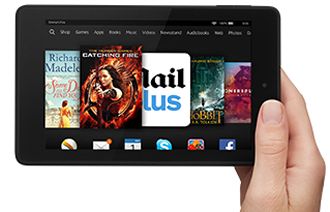 Two senior executives from non technology sectors have been appointed to the board of Microsoft, while two existing board members have stepped down.
Two senior executives from non technology sectors have been appointed to the board of Microsoft, while two existing board members have stepped down.
Microsoft said that Teri List-Stoll, chief financial officer of Kraft Foods and Charles W. Scharf, CEO of Visa, will take up their new positions on the 1st of October.
At the same time, Dave Marquardt and Dina Dublon are to retire from the board following Microsoft’s annual shareholders meeting in December. The board constitues 12 individuals.
Scharf, 49, pictured has been CEO of Visa since November 2012 and before that was a senior executive at JP Morgan Chase. List-Stoll, 51, from Kraft previously worked at Procter and Gamble.
Microsoft’s chairman, John Thompson said the appointments were to help the company transform itself into something completely different.
CEO of Microsoft Satya Nadella said that List-Stoll brings “exceptional” financial and operational expertise and had wide knowledge from working for decades in consumer and retail industries. Scharf brings a “deep understanding of how commerce is changing globally”.
